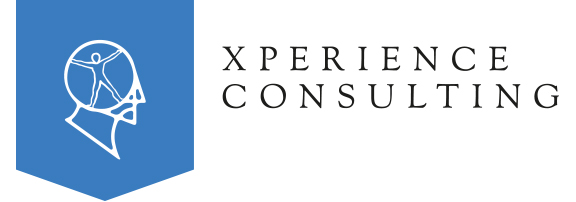Frame to Reframe: Designing a Regenerative Future
Unveiling a New Dimension in Design: Exploring the “Where the Light Gets In” Regenerative Toolkit
In my latest video, I dive deep into the intriguing world of regenerative design—a methodology that transcends the traditional “do no harm” approach by aiming to actively improve and regenerate our surroundings. This exploration was inspired by a profound Leonard Cohen lyric, a reminder from a mentor during a tough phase in my life: “There is a crack in everything, that’s how the light gets in.” These words not only brought comfort but also sparked a realization that the challenges and “cracks” we face can be powerful catalysts for innovation and growth.
In this session, I introduce an exceptional tool that has reshaped my perspective on design challenges: the “Where the Light Gets In” toolkit, designed by John Walker. This regenerative design toolkit is more than just a collection of tools; it’s a comprehensive approach to creating products and services that are not only profitable but also beneficial to our society and environment.
Opening the toolkit was like unwrapping a gateway to creativity. It includes 42 thoughtfully designed cards, each a prompt to reconsider the way we view and interact with the world around us. The toolkit also features an innovative device, the ObligaScope—a viewer made from recycled Perspex that lets you analyze objects through a series of insightful questions. This simple yet profound tool encourages us to look deeper into the everyday, questioning the existence, purpose, and lifecycle of objects.
As I shared in the video, my experience using the ObligaScope with my son around our new city has been nothing short of revelatory. It not only enhances our understanding of the physical items we often take for granted but also deepens our appreciation for the complexities of their existence and their impact on our world.
This toolkit is structured around the Design Council’s Systemic Design Framework, which integrates four key roles essential for transformative design: the connector and convener, designer and maker, leader and storyteller, and system thinker. Each card in the toolkit aligns a specific role with a capability, such as courage, composure, or creativity, driving a focused inquiry into how we can not just solve design problems but reframe them in a regenerative context.
In essence, the “Where the Light Gets In” toolkit is not just a set of tools; it’s a philosophy, a new way of thinking that challenges us to reframe our understanding of design as a regenerative force. It urges us to ask not only how we can make things better but how we can make things that better the world.
For those eager to embark on this transformative journey, the toolkit promises to be an indispensable resource. Whether you’re a seasoned designer or a curious newcomer to the field of regenerative design, the insights and tools provided here can profoundly change how you approach design challenges.
If you’re as inspired as I am to explore this innovative approach to design, don’t hesitate to visit the artifact shop.com to grab your copy of the toolkit. And, as always, I look forward to your thoughts and experiences with regenerative design in the comments below. Let’s keep pushing the boundaries of what design can achieve, not just for us, but for our communities and the planet.
Do you know what an “obliquiscope” is?
This little perspective [perspex] frame helps us reframe our view of the world. Who knew that the word “obliquiscope” would lead me down this fascinating rabbit hole? From figuring out what it is to exploring the thoughts, frameworks and initiatives related to the practice of regenerative design – it’s all about gaining a new perspective.
John V Willshire’s ‘Where The Light Gets In’, a Regenerative Design Field Kit, is a joy!
- Creative Problem-Solving
- Design Education
- Design for Sustainability
- design thinking
- Design Thinking Process
- Design Tool Review
- Eco-Friendly Design
- Ecological Design Strategies
- Environmental Restoration
- experience desing
- Future-Oriented Design
- Human Centered Design
- Obliquiscope Viewer
- Perspective Shift
- Regenerative Agriculture
- Regenerative Design
- Regenerative Design Principles
- Sustainable Innovation
- Systemic Design Framework
Recent Posts
Categories
Archives
Tags
